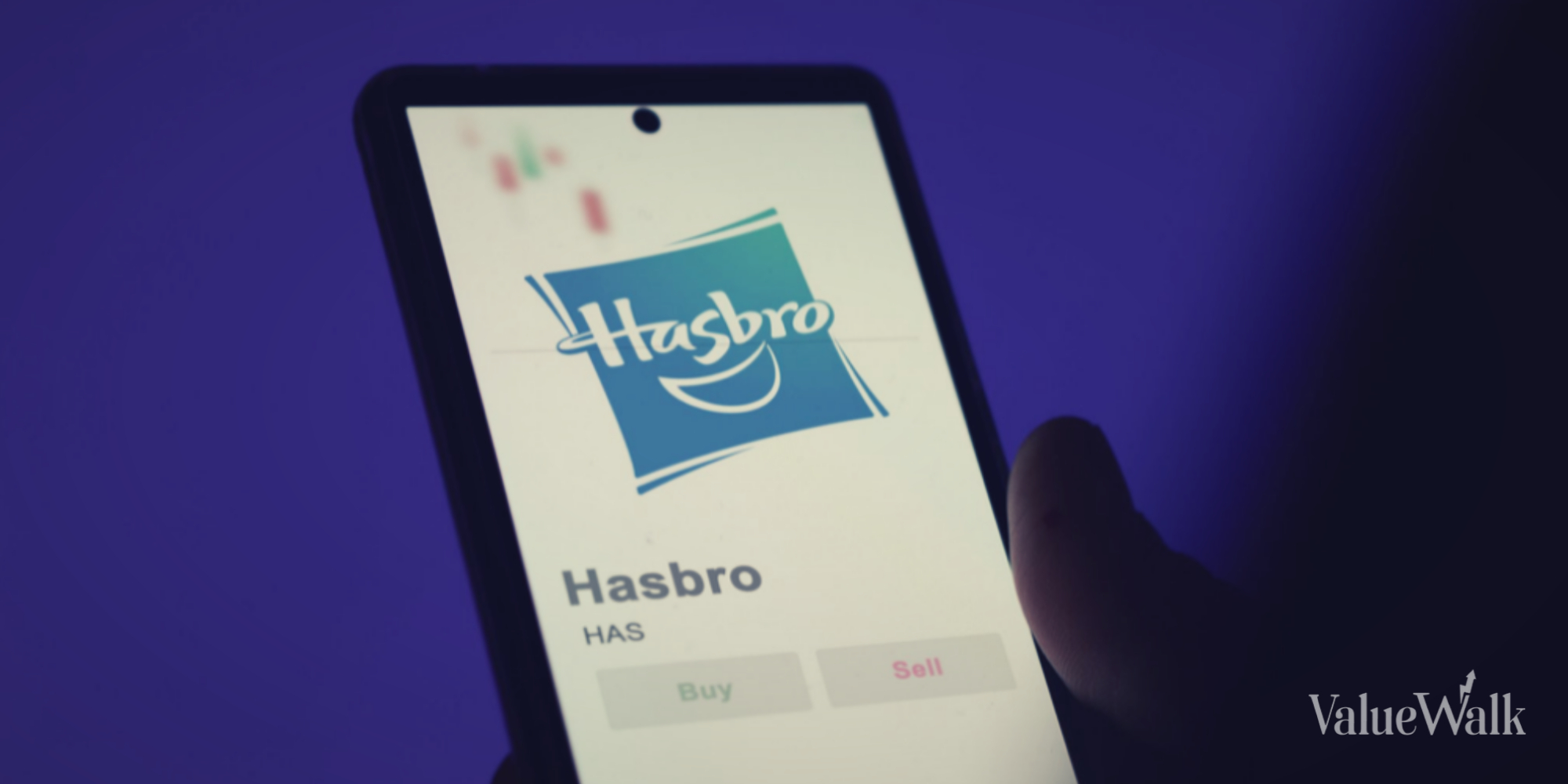Finding winners among the thousands of penny stocks, which are those that trade below $5 per share, is not easy. For every NVIDIA (NASDAQ:NVDA) or Amazon (NASDAQ:AMZN) that eventually breaks out, there are dozens of others that just fizzle out.
Identifying a penny stock that will eventually grow up to dominate its market is a tall order, but you can certainly find some that have good growth potential. One possibility is Navitas Semiconductor (NASDAQ:NVTS), a company with considerable upside that could see its stock price double.
Record revenue in Q4
Founded in 2014, Navitas specializes in gallium nitride semiconductors, which are used in electric vehicles, energy storage, data centers, and fast-charging electronics like mobile phones. The company boasts that its chips are more powerful, smaller, and more energy-efficient than those from its competitors, offering 40% energy savings compared to traditional silicon semiconductors.
In March, Navitas announced plans for a new power platform for AI data centers that it will roll out in the fourth quarter. The platform will utilize newer gallium nitride and silicon carbide technologies and have twice the capacity of its current platform. The company said the new platform for AI data centers will establish new industry standards in power density, efficiency and time-to-market.
“The rapid development and deployment of artificial intelligence (AI) into global data centers has created a dramatic and unexpected power challenge for our entire industry,” said Navitas CEO and co-founder Gene Sheridan. “Our investment in leading-edge GaN and SiC technologies, combined with our unique data-center design center capabilities, have positioned us well. Our team has really stepped up to the challenge, with a 3x power increase in less than 18 months.”
When this platform comes out, it should provide an additional revenue boost for a company that posted record revenue in its last quarter.
In its fiscal fourth quarter, Navitas generated $26 million in revenue, a 109% increase year over year, and had $11 million in gross profit, which was twice as much as the same quarter a year ago. The company posted an adjusted net loss of $7.6 million or 4 cents per share, which was better than the $8.7 million net loss in the same quarter a year ago and beat analysts’ expectations.
For the full year, Navitas’ revenue more than doubled to $79 million from $38 million a year ago, while it had an adjusted net loss of $34 million or 20 cents per share, compared to a net loss of 27 cents per share the previous year.
Promising outlook
The outlook for Navitas is promising, and that is why the consensus price target for the stock is $9 per share, which would be roughly double its $4.77 per share price.
The outlook calls for $23 million in revenue in Q1, which would be down from the record $26 million last quarter but up from $13 million in Q1 2023. However, Navitas’ operating expenses are projected to be lower at $21.5 million, down from $38 million the previous quarter. The gross profit margin is estimated at 41%, down from 42% last quarter.
However, Navitas scored some significant wins in the fourth quarter in various areas, including AI data centers, home appliances, solar inverters, and a major satellite internet roll-out. These wins should all spur revenue growth in the second half of the year, Sheridan said.
Thus, while there could be some short-term headwinds in Q1, the long-term view is excellent as the company steadily moves toward profitability. With the new data-center platform coming out at the end of the year and its leadership in gallium nitride, Navitas should be at a competitive advantage and be able to gain market share. It’s also beneficial that the firm has little debt, so it should be able to continue to invest in its growth.
As with any penny stock, proceed cautiously, as small, growing companies are very volatile, although Navitas is one that looks like it has excellent potential.
Disclaimer: All investments involve risk. In no way should this article be taken as investment advice or constitute responsibility for investment gains or losses. The information in this report should not be relied upon for investment decisions. All investors must conduct their own due diligence and consult their own investment advisors in making trading decisions.





